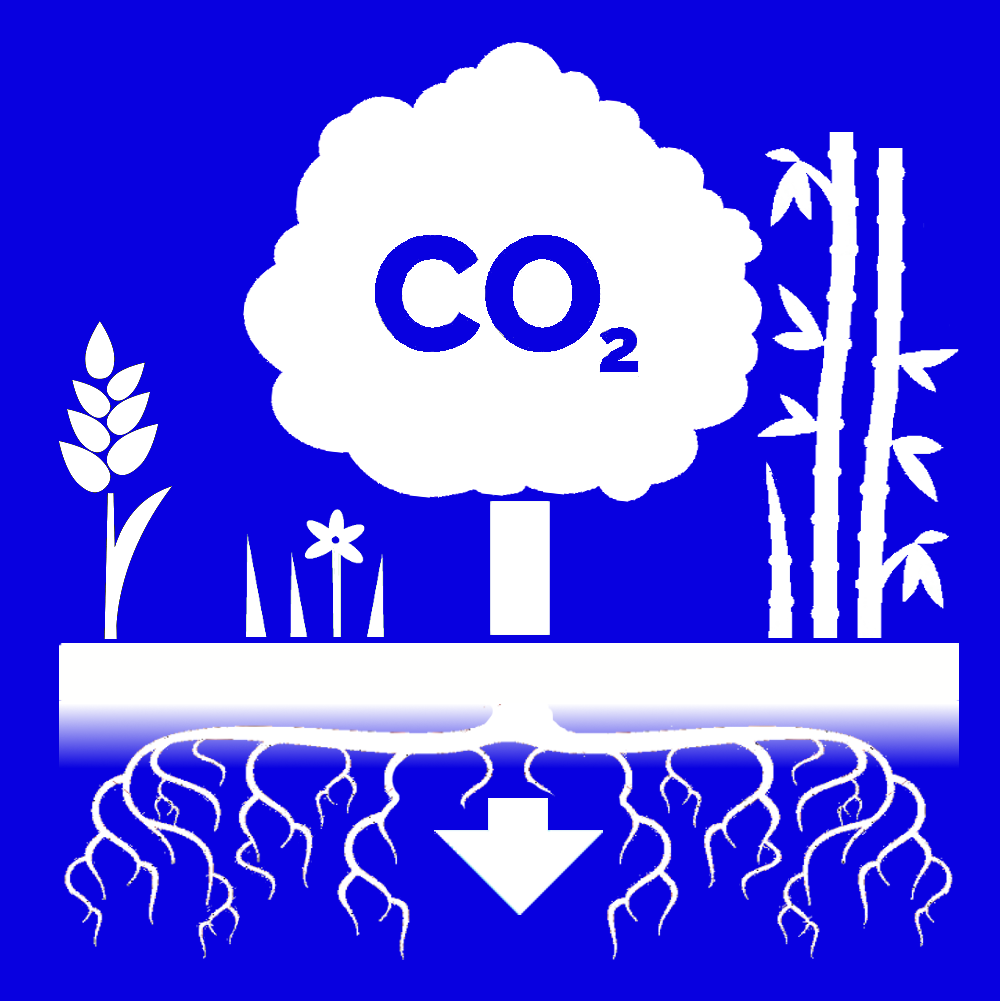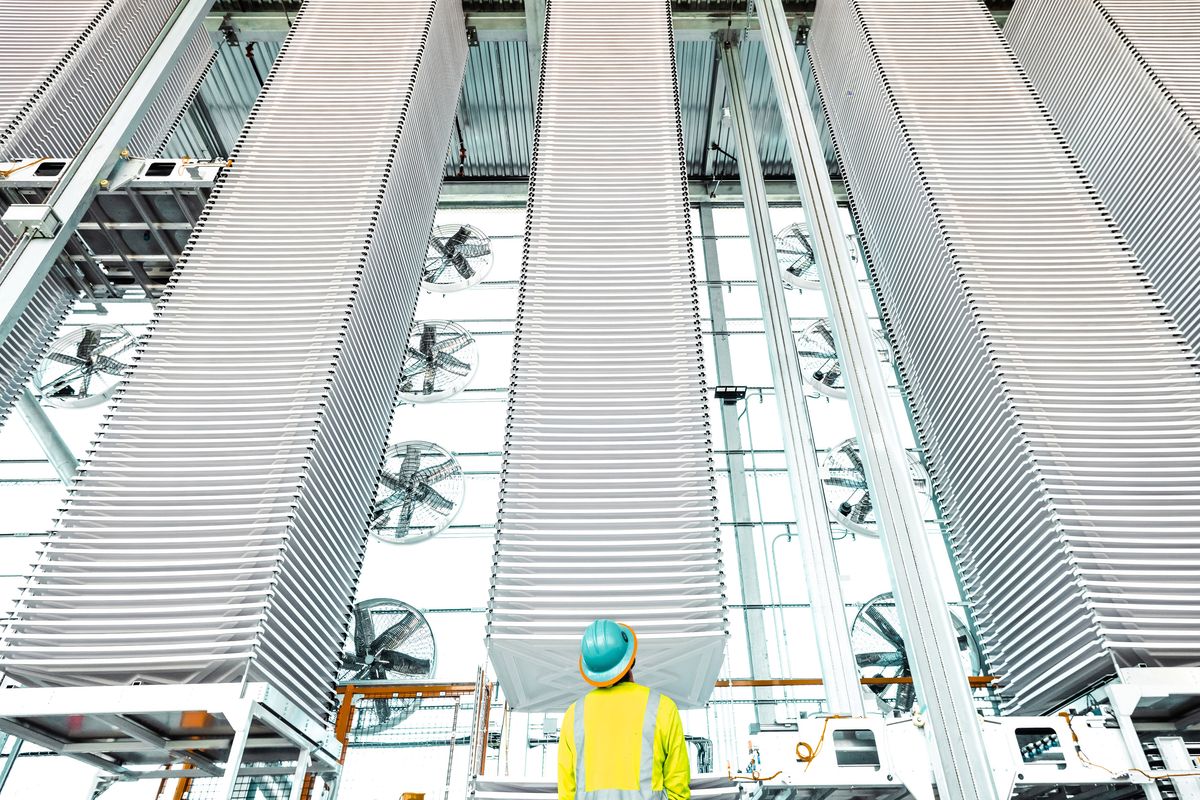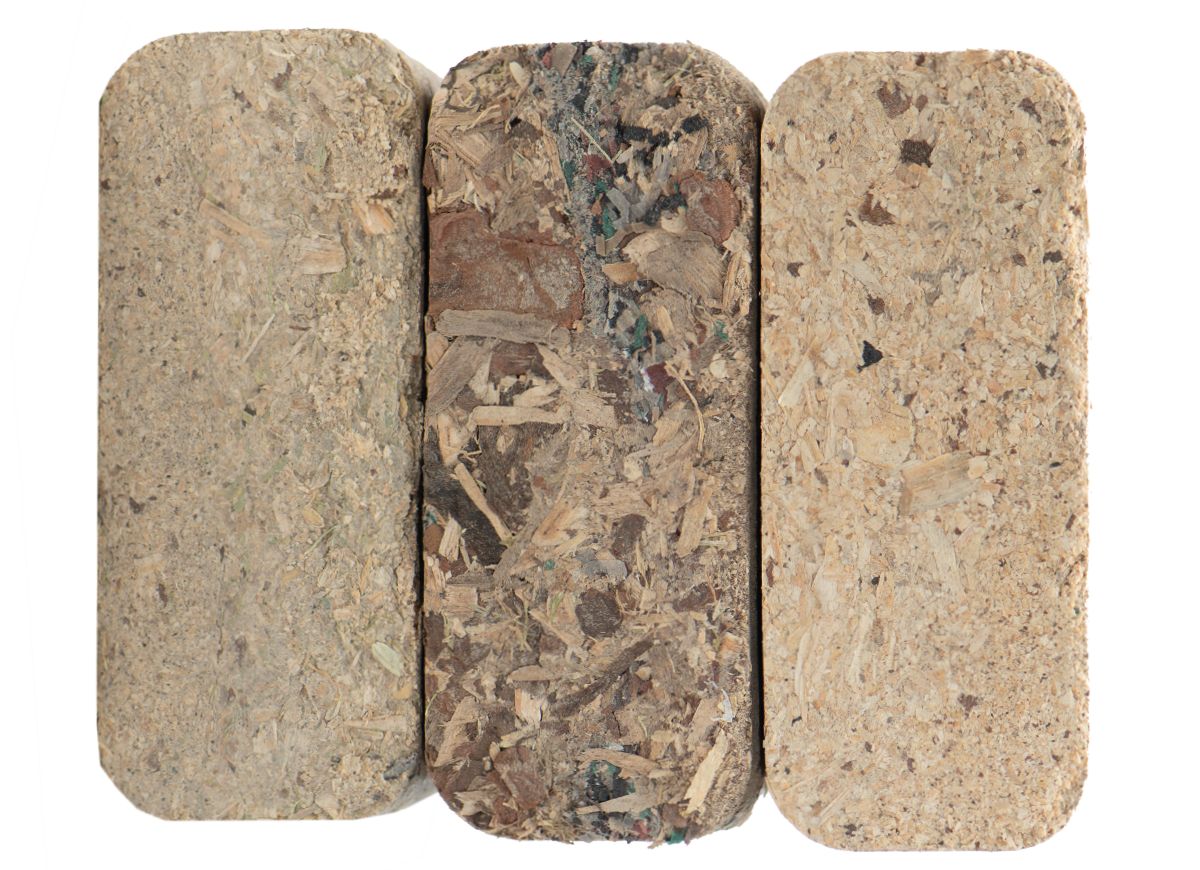As the world struggles to deal with the climate crisis, some companies are working to remove polluting carbon dioxide from the air. That’s a huge and challenging goal, but two US companies have recently made important progress.
The heavy use of fossil fuels over the last 150 years has released massive amounts of greenhouse gases, which have caused the Earth to warm up. Even if people stopped using fossil fuels tomorrow, the climate crisis wouldn’t go away. There are still way too many greenhouse gases, like “carbon dioxide” (CO2), in our atmosphere.
Scientists say large amounts of CO2 must be removed from the atmosphere and stored. Plants and trees do this naturally. But there’s so much CO2 in the atmosphere that just planting trees and protecting forests won’t solve the problem. And, when plants and trees die, the carbon they’ve stored gets released again.

(Source: KevinMShea [CC BY-SA], via Wikimedia Commons .)
That means humans need to come up with ways of removing carbon from the air and storing it. This is called Direct Air Capture (DAC).
Carbon Dioxide in the Air
Even though there’s too much carbon dioxide in our atmosphere, CO2 is just a small part of the gases that make up air. If you could somehow take a bag of air, split it into the different gases that make it up, and put those gases into 2,500 tiny bags, only one of those tiny bags would have carbon dioxide in it. That’s what DAC technologies need to remove.
The science of removing carbon from the air is challenging, and it’s still pretty new. Most DAC processes require a fair amount of energy, so one puzzle for these companies is how to remove carbon without creating more pollution.
A company called Heirloom has just opened the first DAC plant in the United States. Heirloom’s process uses limestone, a common rock, to capture CO2. The company heats up the limestone to separate out the CO2, which is then locked away in concrete. Heirloom uses renewable electricity to produce the heat, so the process doesn’t produce more CO2.

(Source: Heirloom.)
The process is extremely expensive, but many large, polluting companies are paying Heirloom to share the credit for removing the CO2. The new plant can remove 1,000 tons of CO2 a year. That’s a tiny amount compared to how much carbon needs to be removed from the atmosphere. But the company says it hopes to remove a billion tons per year by 2035.
Graphyte is another US company working on DAC. The company claims its carbon capture method is very cheap, mainly because Graphyte lets plants do the work of capturing the CO2. The company collects unwanted plants and wood products from farmers and lumber companies. It dries this “biomass” completely so that it can’t break down. Graphyte then smashes the dried plants into small bricks which it seals in a special wrapper and buries deep underground.

(Source: Graphyte.)
Graphyte says its process doesn’t use much energy and can work anywhere. The plant and tree material the process uses would release carbon if it wasn’t treated. And the cost is less than $100 to capture a ton of CO2. That’s far cheaper than most other DAC processes. The company is building a factory, but it’s not running yet.
Not everyone is excited about carbon removal. Some people worry that it will take too long for DAC technology to become powerful enough to make a difference. Others worry that focusing on removing carbon could take attention away from more important climate actions, like switching from fossil fuels to renewable energy.
But experts say the decision isn’t to do one or the other. The world needs to end fossil fuel use AND pull carbon out of the air.
